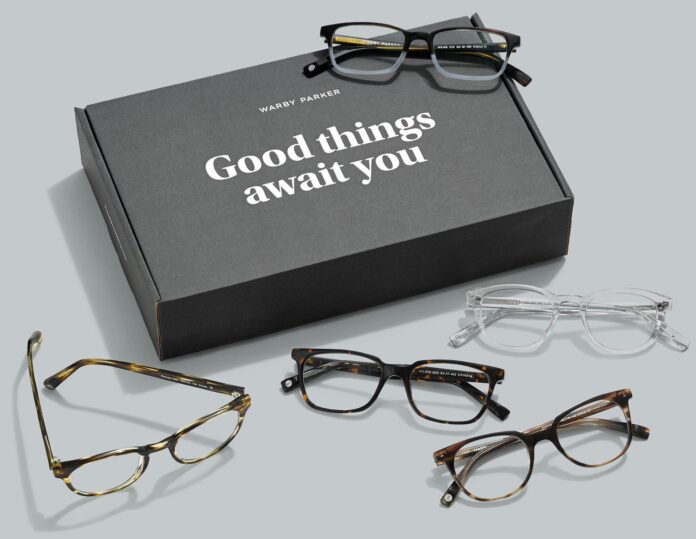Warby Parker started out on the simple question of, “Why are glasses so expensive?” Through the investigation of the question, the reason came to be that there was a major monopoly on glasses by the company, Luxottica.
The business model that Warby Parker took was a vertically integrated company in which they would bypass the retailers and middlemen in such a way that the cost would simply transfer directly to the consumers and save them money. The business was held as e-commerce and did extremely well in positioning itself in a market niche that made the Luxottica monopoly and the reasoning for expensive glasses more well-known. Warby Parker essentially exposed the glasses monopoly and stood as an “anti-Luxottica” company and became a pioneer in more affordable glasses.
Ultimately, this disruption of a monopoly that held a 60-80% share on the US market enabled Warby Parker to solidify itself in the industry as a leader and become a well-known and successful brand and business.
Analysis
I think that this article about Warby Parker is very interesting as it addresses and provides insights into a variety of topics. With glasses falling into a similar family of wearable technology that is used to address a medical condition (though not to the same extent or extremity as the NeuroLife Sleeve), the business model of making this device more affordable is interesting to consider.
Even without the coverage of insurance, glasses are expensive, and there’s no doubt that the NeuroLife sleeve will be too. While the premise and business model of Warby Parker might not fit well into how the NeuroLife sleeve is going to be distributed as the medical device classification is different, the premise of affordability is important and something important to consider. Is there a case for the customization of the sleeve to be done online with various options? Is the model that medical devices on with a company distributing to hospitals and then to patients affordable for them?
I think that examining another medical device such as a CPAP might be interesting as it’s also a wearable medical device that needs to be prescribed to a patient, but examining how Warby Parker was able to fill in a new market niche and provide affordability was insightful for framing how the NeuroLife sleeve can fulfill some type of niche or integrate some model that doesn’t quite exist yet.




